/973450c3-a873-45dd-a25d-0896665ff295.png)
Fact Sheet Template - Monitor Least Chlorine and Ammonia Levels
Review Rating Score
If you need to provide important information in an organized and easy-to-read format, a fact sheet is the perfect tool for the job. Whether you're in the chemical industry or any other field, creating a fact sheet is a great way to summarize key details for your readers. At BizzLibrary.com, we offer a comprehensive Fact Sheet Template that can be customized to your specific needs and preferences. Let's take a closer look at what it offers.
Features of Our Fact Sheet Template
Our Fact Sheet Template is designed to present complex information about a specific topic in a concise and easy-to-understand format. Here are some of the features it offers:
- Professional Design: Our template is professionally designed with a clean layout, making it easy to navigate and read.
- Customizable: The template is fully customizable, allowing you to add, delete, or modify sections as needed.
- Clear Headings and Subheadings: The template includes clear headings and subheadings that make it easy for readers to quickly find the information they need.
- Data Tables: The template includes data tables that can be used to present quantitative information such as measurements, calculations, and comparisons.
- Section for Images: The template includes a designated section for images or illustrations that can be used to complement the accompanying text and provide visual interest.
Example Fact Sheet: Monitoring Chlorine and Ammonia Levels in Water
For example, if you're in the water treatment industry, you may need to educate your customers on how to monitor the levels of chlorine and ammonia in their water supply. Here's how our Fact Sheet Template can assist in presenting this information:
Introduction
- A brief overview of the importance of monitoring chlorine and ammonia levels in water
Chlorine
- An explanation of what chlorine is and why it's used in water treatment
- The recommended level of chlorine in drinking water (usually between 0.2 and 4 parts per million)
- How to test chlorine levels using a test kit
Ammonia
- An explanation of what ammonia is and why it's important to monitor in water treatment
- The recommended levels of ammonia in drinking water (usually less than 2 parts per million)
- How to test ammonia levels using a test kit
Monitoring Frequency
- How often to test water for chlorine and ammonia levels to ensure safe drinking water
Conclusion
- A summary of the key takeaways and why monitoring chlorine and ammonia levels in water is essential
Download Our Fact Sheet Template
Whether you need to produce a quick overview of a product or service, summarize technical specifications or communicate any other type of information, our Fact Sheet Template is the perfect tool for the job. Download it in DOCX format at BizzLibrary.com now and start creating professional-looking fact sheets that will engage and inform your readers!
Is the template content above helpful?
Thanks for letting us know!
Reviews
Kit Daniel(7/4/2023) - NZL
Just to tell you that I'm happy with the file received.
Last modified
Our Latest Blog
- A Guide to Make a Business Plan That Really Works
- The Importance of Vehicle Inspections in Rent-to-Own Car Agreements
- Setting Up Your E-mail Marketing for Your Business: The Blueprint to Skyrocketing Engagement and Sales
- The Power of Document Templates: Enhancing Efficiency and Streamlining Workflows
Template Tags
Need help?
We are standing by to assist you. Please keep in mind we are not licensed attorneys and cannot address any legal related questions.
-
Chat
Online - Email
Send a message
You May Also Like
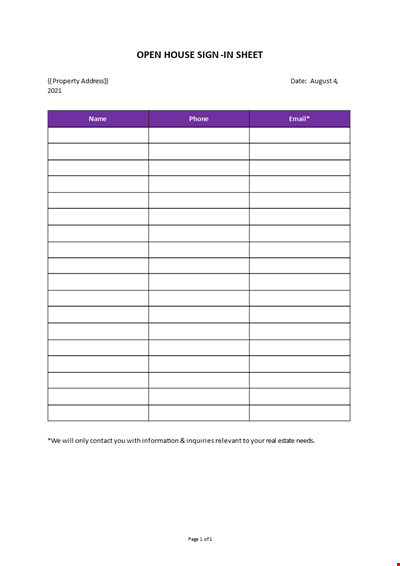
Open House Sign-in Sheet
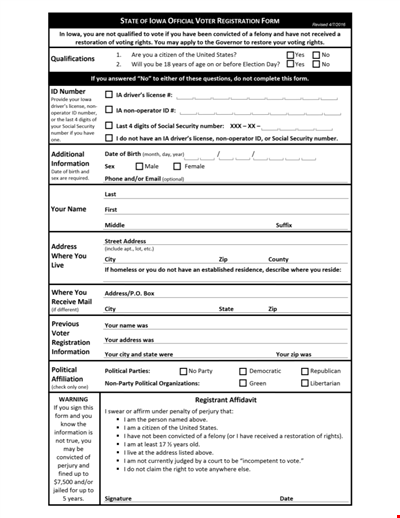
Printable Voter Registration Form

Department Material Requisition Form
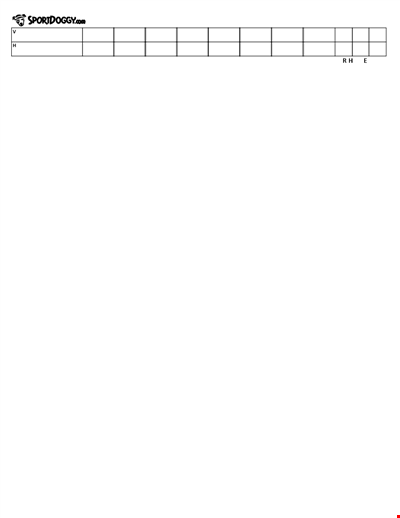
Softball Box Score Sheet Template - Track game stats efficiently
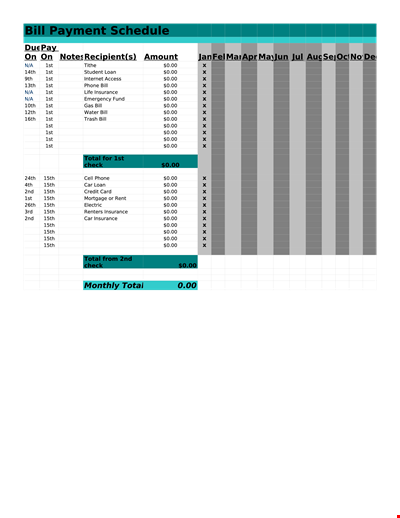
Manage Your Finances with Our Free Printable Bill Payment Schedule Template
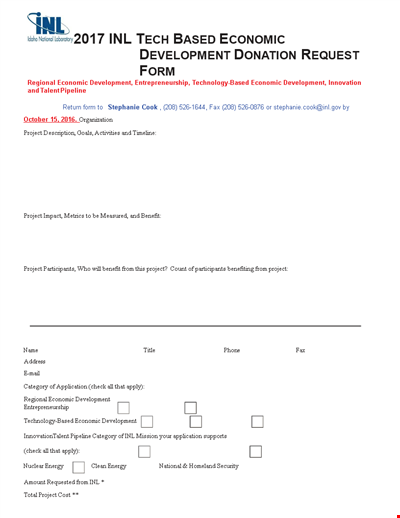
Tech-Based Economic Development Donation Request

Business Commercial Lease Rental Application Form - Apply for a Lease
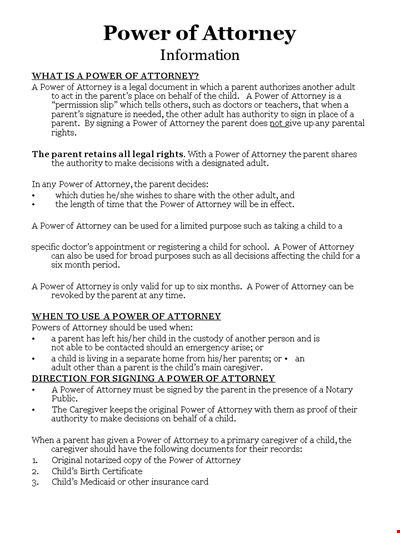
Child Medical Power of Attorney Form - Granting Parental Rights to Caregiver
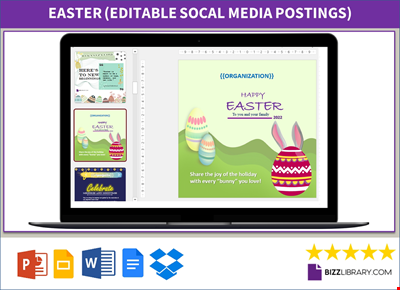
Easter Social Media Post
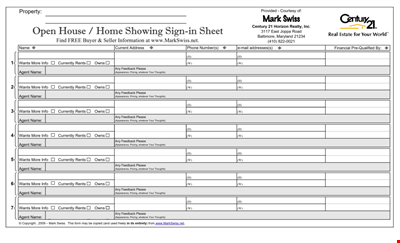
Get the Best Open House Showing Sign In Sheet Template Here
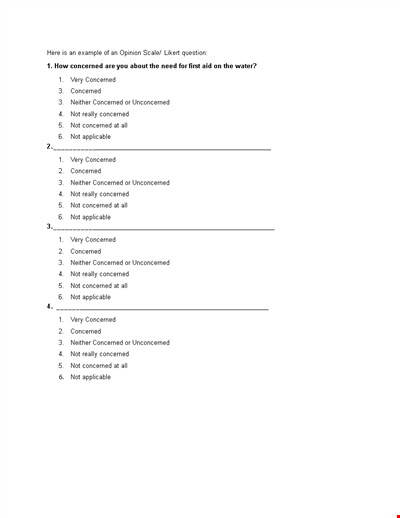
Understanding the Likert Scale: Neither Concerned nor Unconcerned
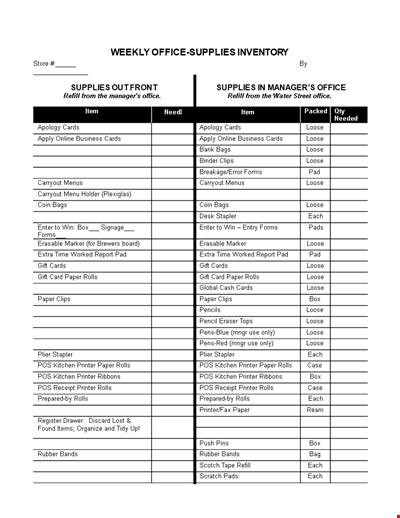
Weekly Office Supply Inventory List Example
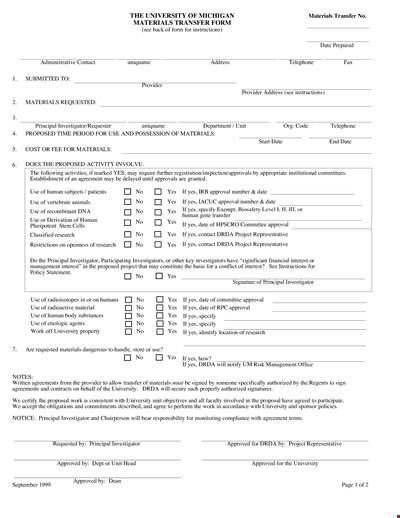
Material Transfer Form (University)

Design Work Order Form

Printable Large Oblique Graph Paper

Modern School Technology: Enhancing Education through Innovative Tools and Solutions